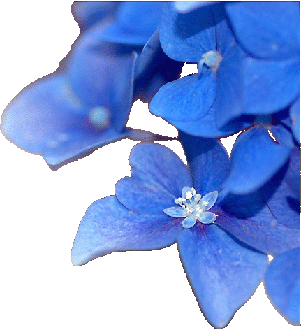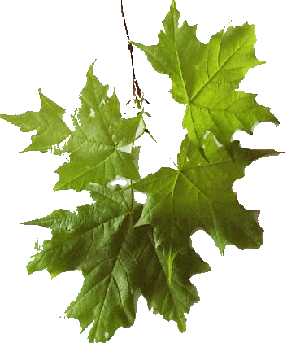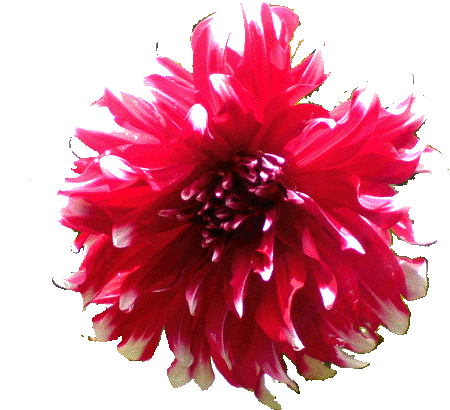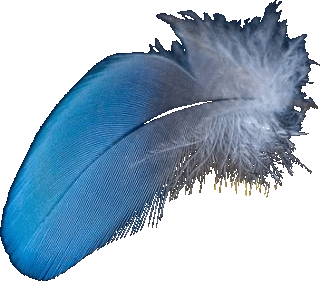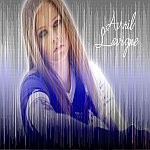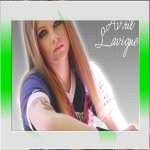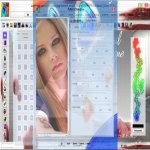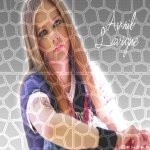Following fields should be filled if you are using the Pattern Styles other than the 'None' Pattern Style.These fields are the similar to the fields of the Patterns but they have the Style word ahead of them all.
- a>Style Start X - Style Start X is the pixel on the current image on the X axis where the Pattern Style should start.For example :- Style Start X is 100 means that the Pattern Style should start on the 100th pixel on the X axis(horizontically) of the current image.Usually these fields will be used only while using the Graphs so the user need not be concerned about these fields.
- a>Style Start Y - Style Start Y is the pixel on the current image on the Y axis where the Pattern Style should start.For example :- Style Start Y is 100 means that the Pattern Style should start on the 100th pixel on the Y axis(Vertically) of the current image.Usually these fields will be used while using the Graphs only so the user need not be concerned about these fields.
- c>Style Row :- Style Row is the height of the Pattern Style that the user would like to have which means that the Style Row of 100 would mean that the Pattern Style should of 100 pixels in height. Usually the Style Row will be very small compared to the Row of the Pattern because Pattern Style will appear inside the Pattern.For example :- Ordinary Border Pattern of 100 pixels and Parallelograms Pattern Style is of 20 pixels each means that the Ordinary Border will be made of many Parallelograms of 20 pixels each.Filter will appear inside the Parallelograms and not the Ordinary Border.
- c>Style Column :- Style Column is the width of the Pattern Style that the user would like to have which means that the Style Column of 100 would mean that the Pattern Style should of 100 pixels in width.Usually the Style Column will be very small compared to the Column of the Pattern because Pattern Style will appear inside the Pattern.For example :- Ordinary Border Pattern of 100 pixels and Parallelograms Pattern Style is of 20 pixels each means that the Ordinary Border will be made of many Parallelograms of 20 pixels each.Filter will appear inside the Parallelograms and not the Ordinary Border.
- e>Style Skip Row :- Style Skip Row is used 'only' if there are many shapes in a Pattern Style.For e.g :- Rectangles Pattern Style has many rectangular shapes in a single Pattern Style.Style Skip Row is used to distance such multiple shapes in a single Pattern Style on the Y axis.For e.g :- Pattern Style is Rectangles and the Style Skip Row is 10 means that the distance between the various rectangles should be 10 pixels on the Y axis(Vertically).
- e>Style Skip Column :- Style Skip Column is used 'only' if there are many shapes in a Pattern Style.For e.g :- Rectangles Pattern Style has many rectangular shapes in a single Pattern Style.Style Skip Column is used to distance such multiple shapes in a single Pattern Style on the X axis.For e.g :- Pattern Style is Rectangles and the Style Skip Column is 10 means that the distance between the various rectangles should be 10 pixels on the X axis(Horizontically)
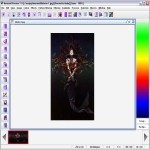
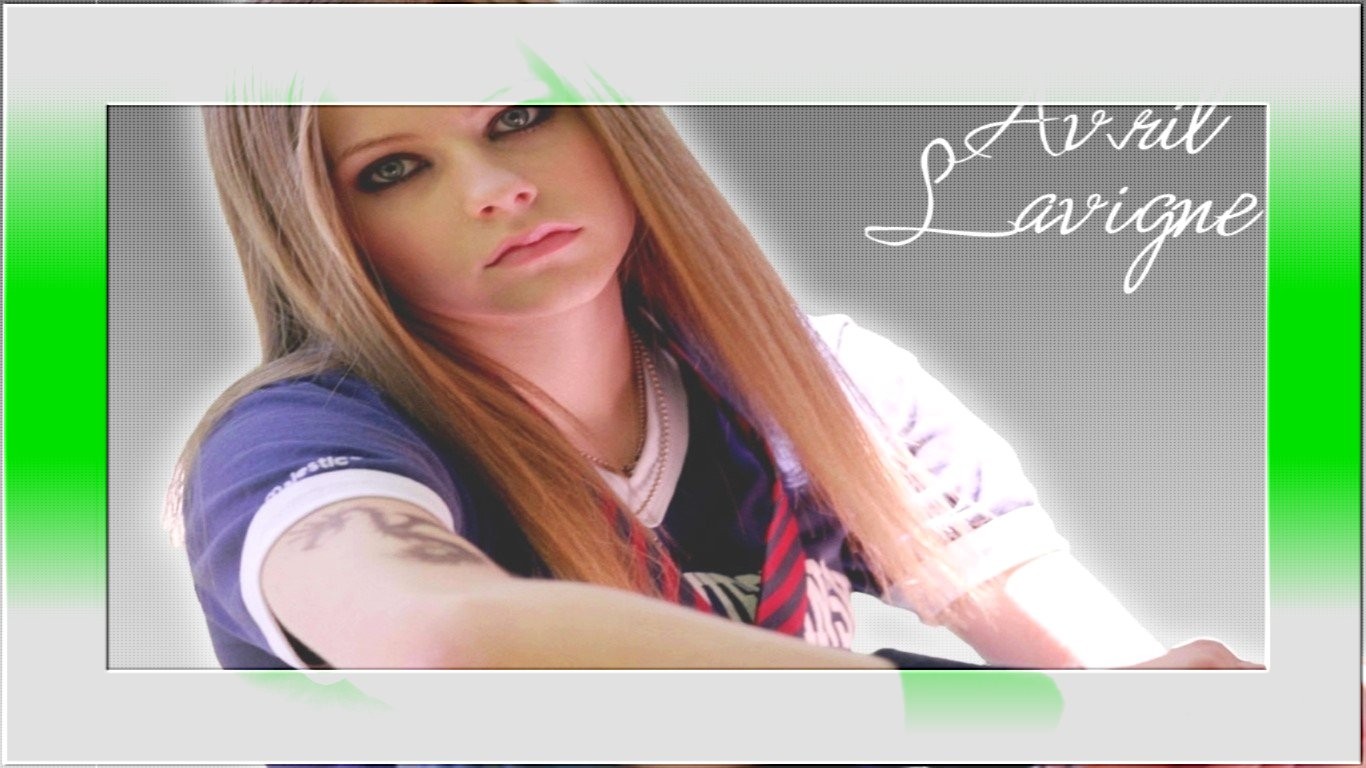
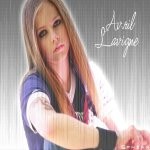
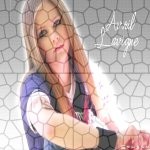

Pattern Filtering is one of the most powerful features of the Lobster application if the user understands the 'Interface' of the lobster application.The most basic concept for the creation of Pattern Filtering is using any filter just like any color to fill any design including the vector graphics and 3D graphics.Before we can understand the complex topics of filling the vector graphicsor 3D graphics with the filter.

Patterns comprise of the most simple form of shape or shapes that can be filled with any filter. Some of the predefined patterns are rectangles, stars, graphs and borders. User should keep in mind that the default Pattern of 'None' will apply the filter to the complete image. So if you are applying the filter and the filter is appears inside rectangles or diamonds but you want to apply the filter to the complete image, then the user should change the Pattern to 'None'.

Custom Pattern Filtering was designed to overcome writing the source code for new patterns as 'Custom Pattern Filtering' can extract the patterns / designs from any image. Actually, 'Custom Pattern Filtering' can extract at least 6 patterns from any image through the use of Thresholde,Edges and Custom Color. 'Custom Pattern Filtering' can be used to even extract Vector Graphics and 3D Graphics from any image. Even though, it does very difficult tasks,'Custom Pattern Filtering' is very easy to learn and use.



